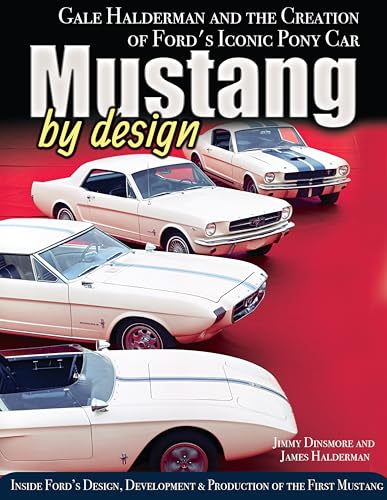I do believe your tail section might actually look worse than ours looked on our 71 Mach 1. I am pretty good with mechanical and electrical diagnostic and repair work on these First Generation Mustangs. But I have never had neither the artistic flair or patience with body and pait work. That takes a much different skill set whan what I have. Fortunately I learned that long ago.
Anyway, FWIW I purchased a tail panel to replace ours due to rust around the taillight pod areas. I actually thought that it might be a fun project, with me being recently retired, to learn how to do body work. Well, once the new panel arrived and I looked at what was going to be involved, I scampered off to a vehicle restoration facility in our area to have them do all the heavy lifting.
Well, what I thought would be a quick tail panel job began to look more formidable than I had previously thought. It turned out there was a lot more rust, under the trunk lid weatherstripping, very much looking like what you have going on with your trunk weatherstrip seating area. With some more digging it was found a lot of deep seated rust had taken hold under the metal trim around the rear windows and windshield. What had begun as a $2,000 - $4,000 side project ended up becoming a project costing far more than the car will ever be worth - ever, ever ever. But for love of the breed, and due to a commitment I made to the person I purchased the car from, we bit the bullet with both eyes wide open.
The final result is spectacular. Amazingly, the underside was in really great condition, as well as all engine bay, and the uni-body spots other than the lower quarter panels. We had the panels needing to be repaired resectioned with new panels, retaining as much original metal as we could. And rather than using plastic filler we opted to have the low spots and seams corrected with lead. Very costly, bur the result speaks for itself.
I think that had I not been so enamored with that particular Mustang, and had not made a commitment to the seller, I would have likely sold the Mustang to someone looking for a fun and great running crash derby vehicle. It would have been less costly for us to have cut our losses and look for another 71-73 Mach 1 (or even Boss 351) that had no rust issues.
So why all of this writing? Just a suggestion to look under the rear window and widnshield glass trim to see if there is any deep seated rust, as well as looking at other panels and undercarriage parts needing to be replaced or repaired. BEtter to find it now before you take an even somewhat deep dive into the tail panel only to find out you have some really serious rust issues hiding from you.
Also, our tail panel was a repop, not NOS. I have some water leakage with the taillight pods. I have purchased an ultrasonic sensor and generator to use to locate the leakage points so I can correct and/or seal the leaks. The ideaq is to turn on the ultrasonic generator, close the trunk, then use the sensor to find where the ultrasonic waves are coming from. This same technique can be used to help locate door glass air leaks that can cause unnerving wind sound when driving:
https://tracerproducts.com/tp-9367l-marksman-ii/
Some progress photos of our deep re$toration project, ugly warts and all:
https://youtu.be/y0MiVAFj_sQ
Our 73 Mach 1 on its last day of its deep re$toration, after 13 1/2 months:
https://youtu.be/_Fl0B-qmlLI
































































